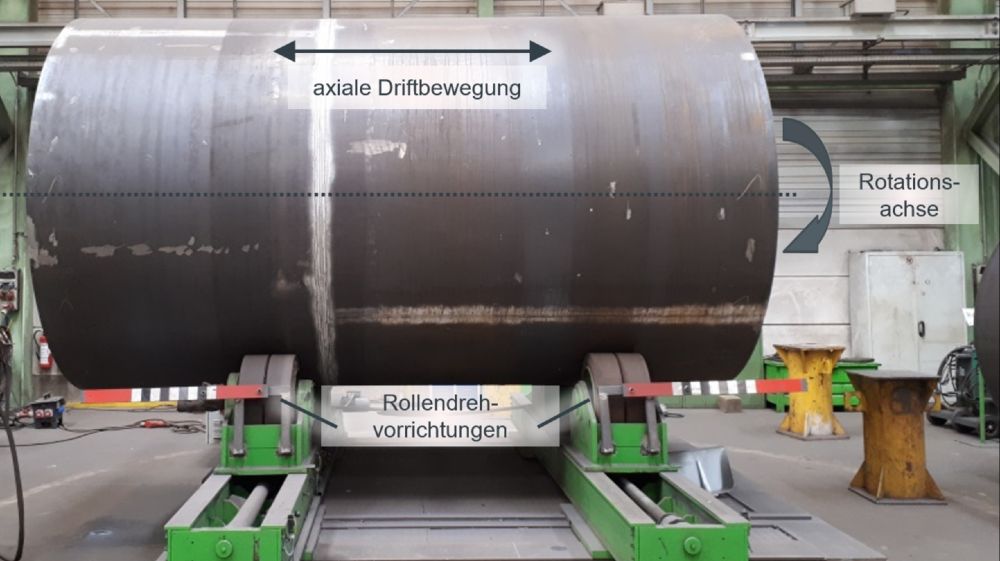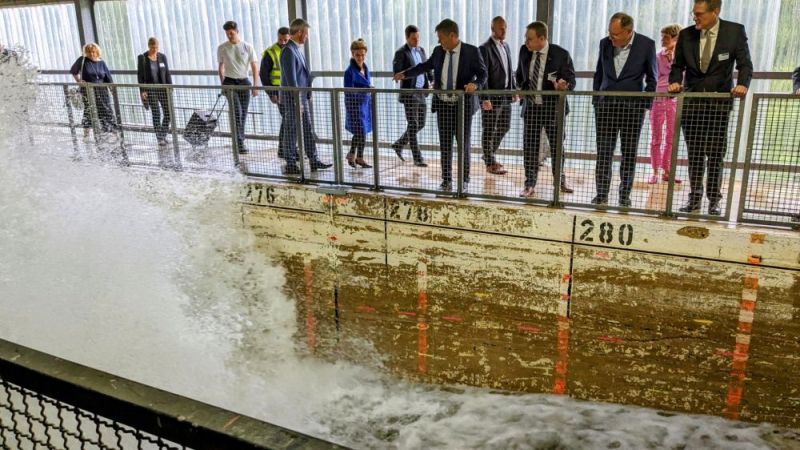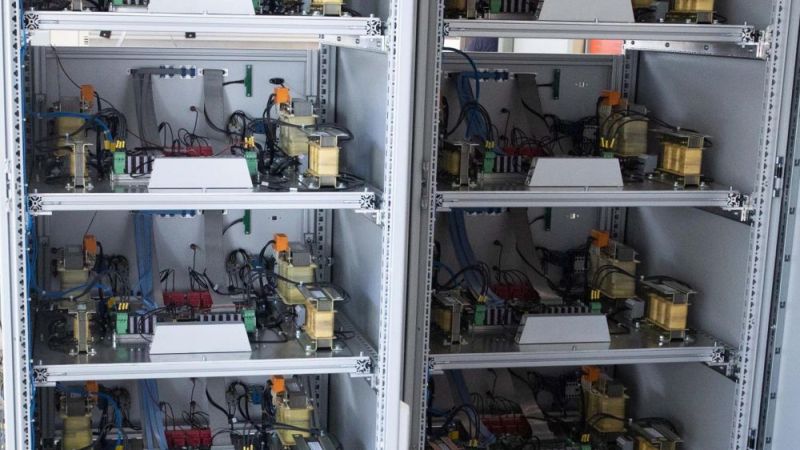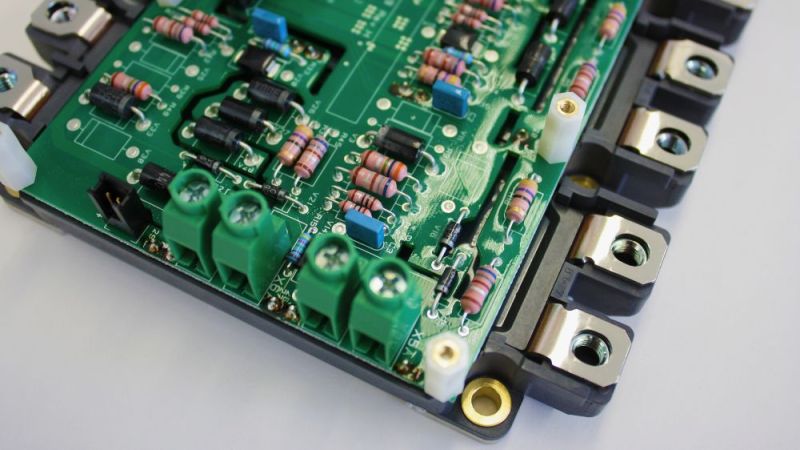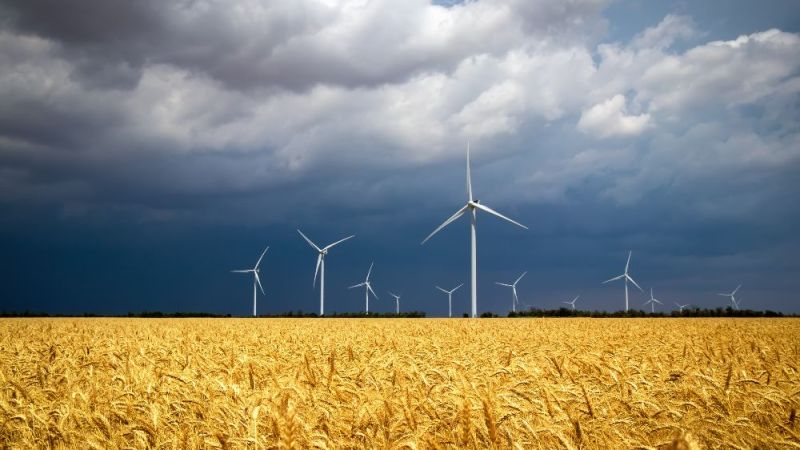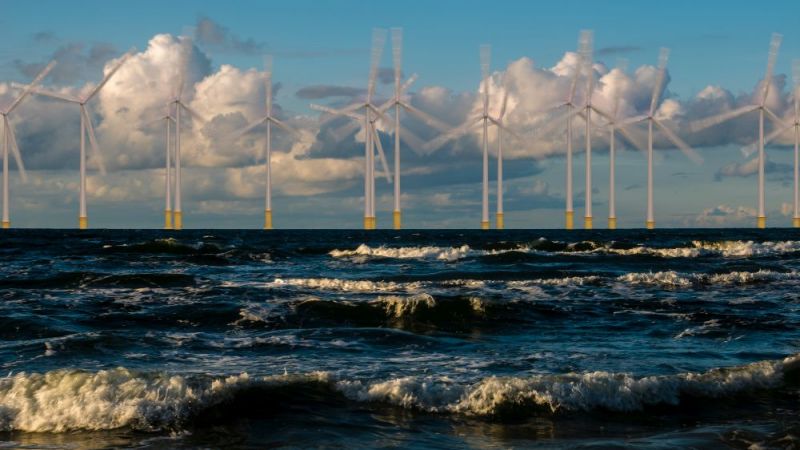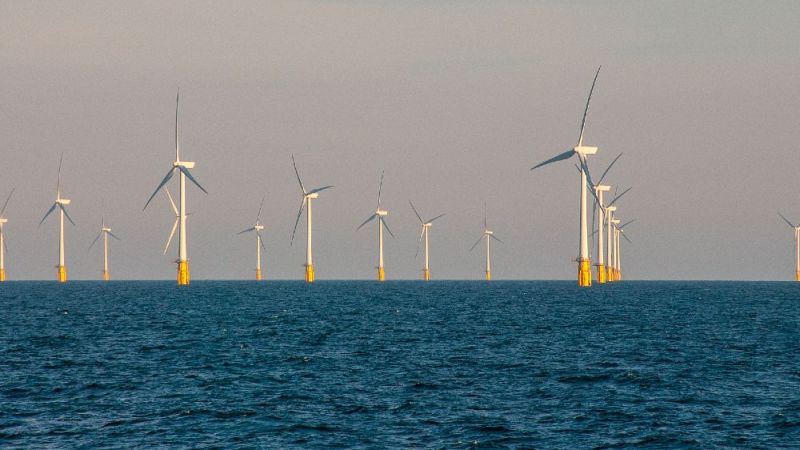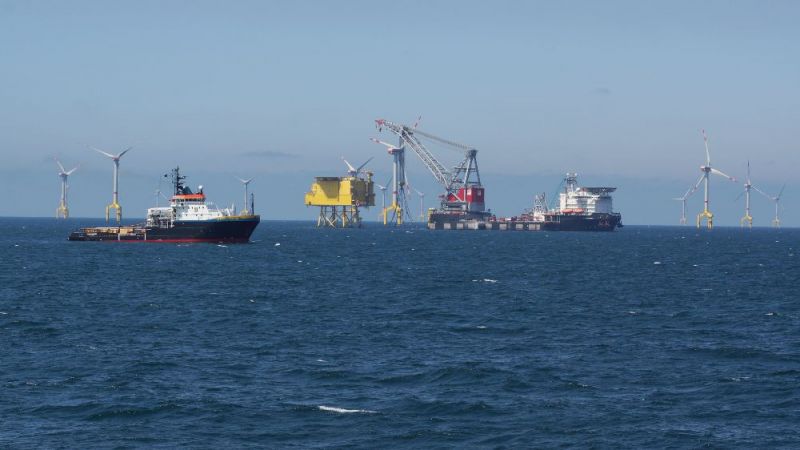Wind power
Innovative production of monopile foundations reduces costs
Offshore wind turbines stand on monopiles, heavy steel pipes that are driven into the seabed. Teams of scientists have optimised the manufacturing process of these steel pipes in order to reduce the costs of offshore plants in the future.
In the German North Sea and Baltic Sea, operators of wind turbines rely on monopile foundations for more than 90 per cent of their installations. The reasons for this are the shallow water depth, soft sandy soils and low installation costs. Usually, about half the length of the cylindrical pipes is driven into the seabed with a hydraulic hammer within just a few hours. One of the aims of current research activities is to open up new areas for wind farms and to reduce electricity generation costs. This is where low-cost monopiles for deeper waters can make a contribution. At present, the diameter of the steel pipes is 10 metres. New generations of turbines are already being planned with 12 metres and can be used in water depths of up to 50 metres.
Monopiles consist of several steel pipe sections welded together, which in total weigh more than 1000 tonnes. While the individual cylindrical components are welded into sections on a so-called roller turning device, these can shift along the pipe axis. This unpredictable process is called axial drift and poses a high cost and safety risk for production. This is where the research project DRIFT, short for "Innovative Precision Technology for the Production of Very Heavy, Rotationally Symmetric Industrial Components" comes in. The aim of the scientists from the industrial company EEW and the University of Siegen is to stabilise this drift.
Stable welding process due to innovative roller turning device
While the steel pipes mounted on rollers are rotated slowly, a welding head guided along the seam welds the components. A weld usually requires several rotations, with up to 40 centimetres of axial drift possible in each case. That means: The steel pipes can shift beyond the tolerable range for the welding head. Production has to stop the welding process because the quality of the weld is affected and, in the worst case, the workpiece falls off the turning device. In such a case, the welds need to be inspected and the heavy components repositioned. This process can interrupt production for up to two days and thus causes very high costs.
Scientists have therefore developed robust sensors that register drifts at an early stage. The data flows into a new control system to calculate commands for the investigated roller control. Teams of scientists have extensively tested the method on a model test rig. The results confirm: The drift is stabilised to within a few centimetres. Small deviations are tolerable, as the welding head of the system can be adjusted. EEW then successfully implemented the technology at a real production plant. The results represent an important milestone and promote efficient and safe production of monopiles.
In the follow-up project smartRD, the teams of scientists intend to further develop the roller turning device into a smart technology. Integrated and intelligent measurement technology should strengthen this to the increased requirements within the production of offshore foundation structures. This involves using artificial intelligence to convert recorded signals into movements, for example, which are intended to largely compensate for the currently limiting technological factors. (mm)


